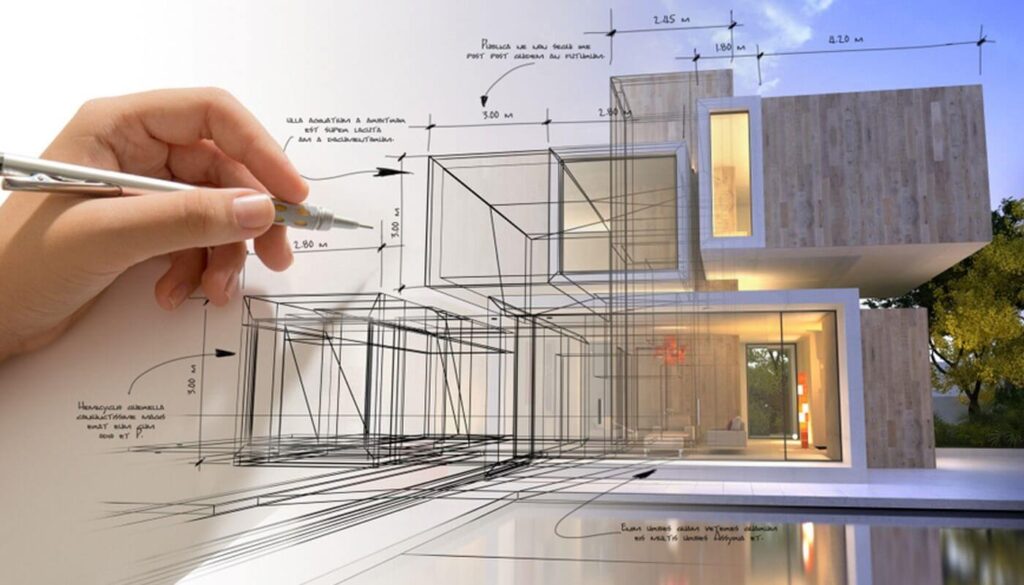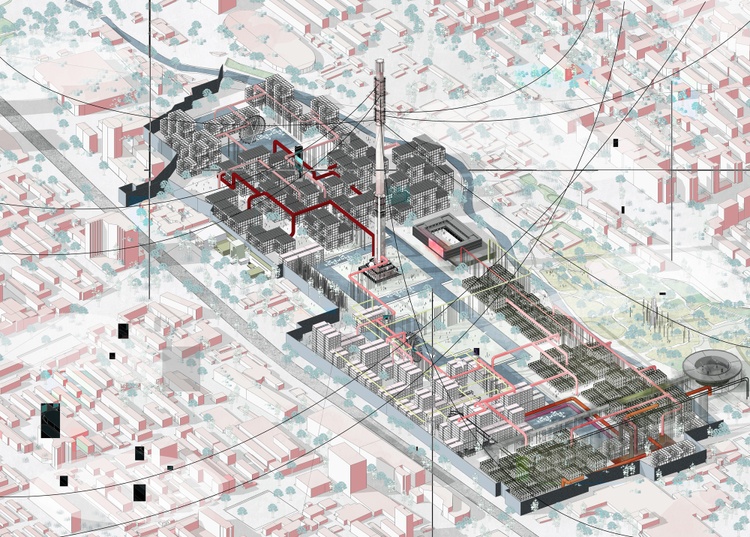Just How CDA Architects Combine Imagination and Performance in Modern Style
Just How CDA Architects Combine Imagination and Performance in Modern Style
Blog Article
The Impact of Technological Innovations on the Layout Practices of Contemporary Architects
The quick evolution of technical devices has significantly improved the design landscape for modern engineers, promoting unmatched levels of advancement and sustainability. Checking out these dynamics discloses a nuanced interplay in between innovation and conventional design methodologies, prompting a better assessment of what the future holds for building techniques.
Advancement of Architectural Equipment
Exactly how have architectural devices transformed the layout and building and construction processes over the centuries? The advancement of building tools has considerably impacted the performance, accuracy, and creative thinking of layout and building.
With the introduction of the Renaissance, the introduction of the compass and the protractor marked a critical change. These tools enabled designers to attain greater precision in their designs, facilitating the emergence of more detailed and proportional buildings. The Industrial Change additionally changed building technique with the introduction of mechanical tools and products, enabling larger and much more ambitious projects.
In the 20th century, the advancement of computer-aided layout (CAD) software changed the landscape when again, supplying engineers with unmatched capacities in modeling and visualization. Today, advanced tools such as Structure Details Modeling (BIM) and parametric layout software continue to push the boundaries of building innovation, enabling a much more integrated approach to style and building processes.
Boosted Partnership in Style
As modern technology continues to develop, improved collaboration in style has actually ended up being a foundation of contemporary architectural practice. The combination of digital devices such as Structure Info Modeling (BIM), cloud-based platforms, and advanced visualization software application has transformed the method designers, designers, and stakeholders connect throughout the style procedure. These devices help with real-time communication, permitting teams to share concepts, alterations, and feedback promptly, despite geographical place.

Additionally, interdisciplinary partnership has been streamlined via these technical developments, allowing engineers to function much more carefully with other specialists, such as city coordinators and ecological professionals. The result is a much more natural strategy to develop that takes into consideration numerous viewpoints and proficiency. Ultimately, improved cooperation in layout is not merely a fad; it is essential for producing innovative, practical, and cosmetically pleasing style in a progressively complicated globe.
Sustainability With Technology
Sustainability in design has actually progressively come to be intertwined with technological advancement, driving the sector towards ecologically responsible methods - cda architects. Contemporary designers are leveraging sophisticated modern technologies to decrease ecological influence while improving the efficiency of buildings. One popular example is making use of Building Information Modeling (BIM), which permits precise planning and resource allocation, decreasing waste throughout construction and advertising energy effectiveness throughout a building's lifecycle
Furthermore, smart materials and energy-efficient systems are being integrated into designs to enhance source usage. Technologies such as solar batteries and environment-friendly roof harness renewable power resources, adding to decreased carbon footprints. In addition, the application of fabricated intelligence in layout processes allows designers to simulate and evaluate power consumption, leading choices towards more lasting results.
The integration of lasting technologies not only lines up with worldwide ecological goals however additionally satisfies a raising need from consumers for eco-friendly visit this site services. As architects embrace these developments, the focus changes towards creating spaces that are not only aesthetically pleasing however additionally functionally sustainable, consequently redefining the requirements of contemporary style. In this way, modern technology acts as a catalyst for sustainability, enabling engineers to make structures that regard and enhance the all-natural setting.
Obstacles in Application
While technological advancements in style hold wonderful assurance for boosting sustainability, their application typically runs into considerable obstacles - cda architects. One primary challenge is the steep knowing curve related to brand-new innovations. Engineers and construction professionals may require comprehensive training to successfully make use of sophisticated software program and tools, which can postpone job timelines and raise costs
In addition, the combination of arising modern technologies, such as Building Information Modeling (BIM) and sustainable products, typically necessitates cooperation across multidisciplinary teams. This cooperation can be hindered by differences in knowledge, operations, and interaction styles, bring about potential disputes and inadequacies.
Financial constraints even more make complex the fostering of innovative innovations. Several architectural firms, specifically smaller sized ones, may lack the resources to purchase cutting-edge tools, limiting their capability to complete with larger companies that can afford such investments.
Additionally, governing structures and structure codes might not equal technological improvements, developing obscurity and potential compliance problems. This difficulty can prevent designers from completely accepting brand-new modern technologies, as the threat of non-compliance may surpass the advantages. For that reason, dealing with these implementation obstacles is critical for the successful combination of technological developments in modern building practices.
Future Patterns in Design
The obstacles connected with the execution of new innovations in design have triggered a reevaluation of future trends within the industry. As engineers browse issues such as sustainability, urbanization, and social equity, they are increasingly taking on ingenious technologies to improve layout effectiveness and environmental efficiency.
One popular pattern is the integration of synthetic knowledge (AI) in the style process. AI devices web link can evaluate vast datasets to notify design choices, enhancing both creative thinking and performance. Structure Information Modeling (BIM) proceeds to evolve, making it possible for real-time collaboration amongst stakeholders and assisting in streamlined task administration.
Sustainable layout techniques are likewise acquiring energy, with designers concentrating on flexible reuse and regenerative design concepts that decrease resource usage and waste. The incorporation of wise products and renewable energy resources will certainly even more improve the strength of buildings when faced with environment adjustment.

Conclusion
Technological advancements have actually considerably reshaped building design techniques, assisting in improved precision, cooperation, and sustainability. The combination of devices such as Building Details Modeling and parametric style software, alongside fabricated knowledge and clever materials, empowers architects to deal with complex obstacles much more effectively.
Report this page